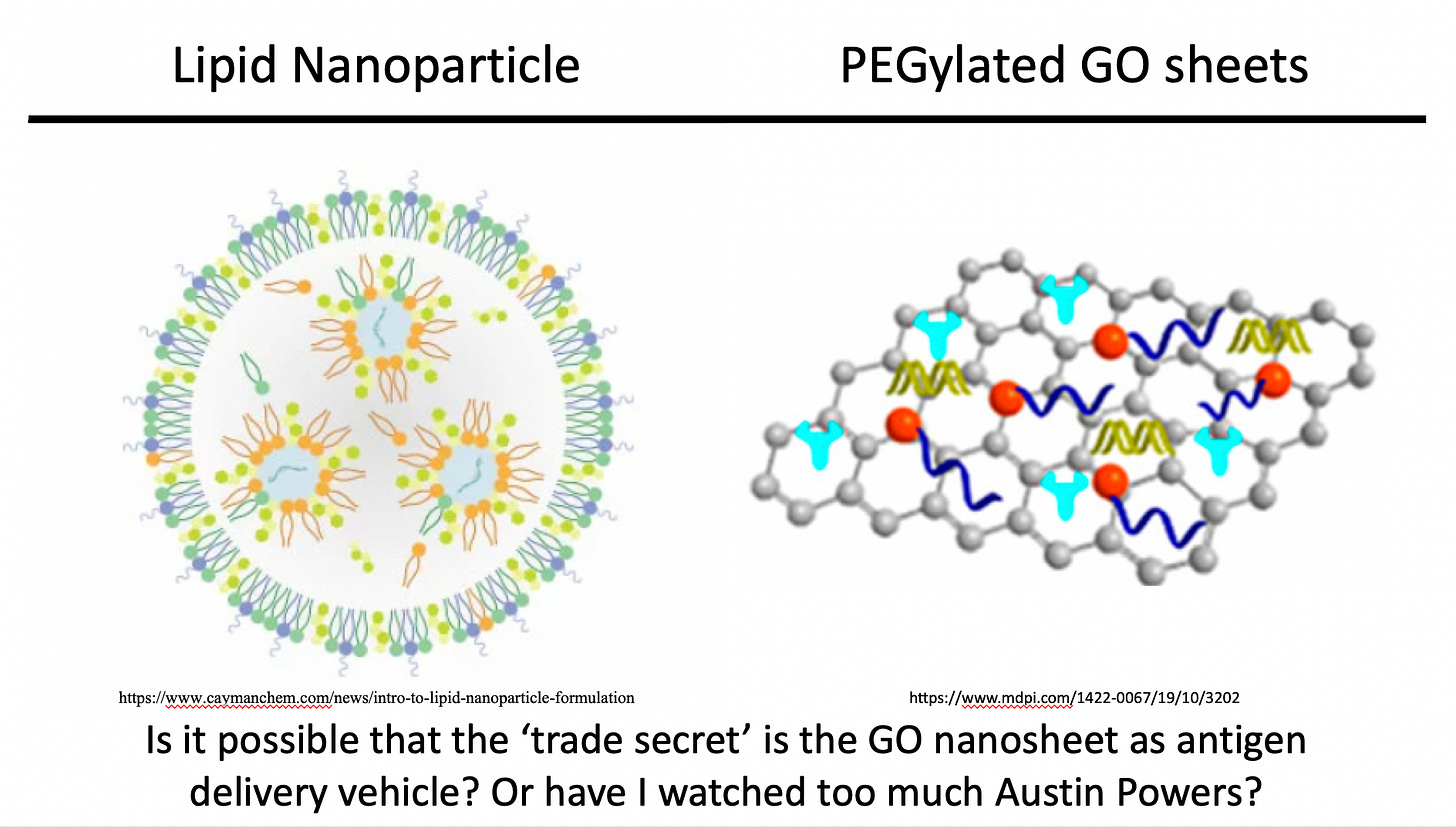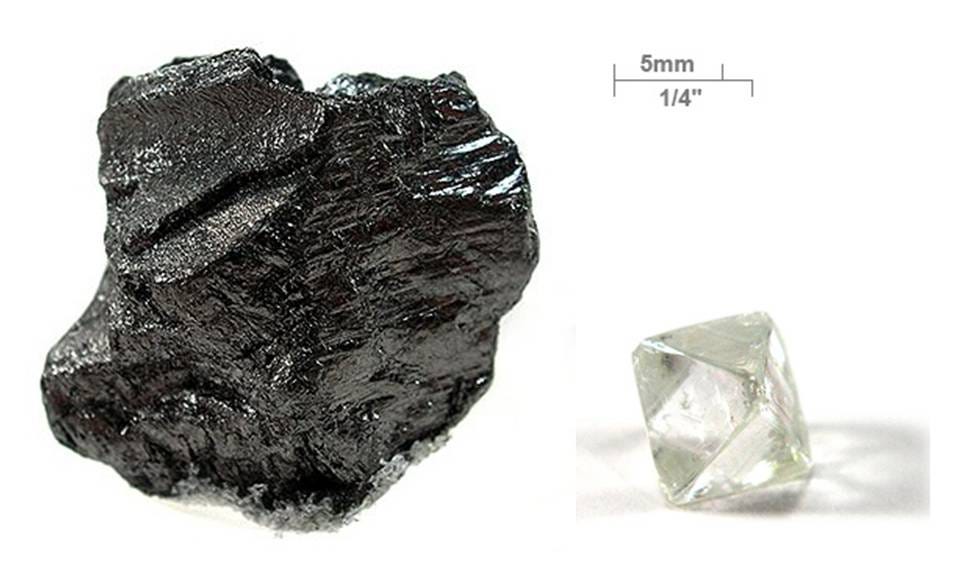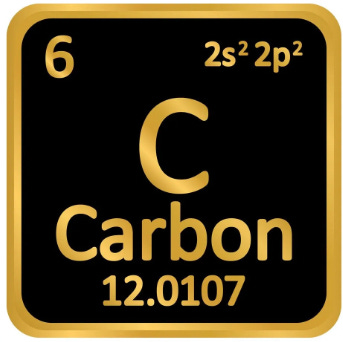Graphene oxide conjugated to PEG and PEI as a antigen delivery system
This is a thing... and it makes me wonder why they WOULDN'T be using it now
Update: Ryan kills it in this video. According to his (and his colleagues’) analysis, there is no graphene oxide in the COVID-19 injectable products. Look closely at all sides of the diamond.
This is a little bit of a fun rabbit hole I fell into today. Well yesterday, actually. It took me a day to climb out. I’m pretty dirty. Alice was no help at all. She just kept trying to feed me little cakes. Good thing that big fat cat was there.
Read this with an enquiring mind and take note: I make zero point zero zero claims here. Which was not my intention but that’s how it worked out. And I hope to make you laugh at least once. That is always my intention.
Please refer to the published work in the journal ‘Nanoscale’ entitled: “Functionalized graphene oxide serves as a novel vaccine nano-adjuvant for robust stimulation of cellular immunity”. This work was published in 2016 by a group in China and let me tell you, they did a lot of work and asked a lot of questions. Their methods are so good, that I could actually reproduce their work.
Their primary goal was to find out if their adjuvant antigen delivery system, graphene oxide-polyethylene glycol-polyethylenimine (GO-PEG-PEI), would be functional with regard to specific immune stimulation, and/or less toxic than aluminum-based adjuvants. Their results showed that a PEG-PEI coated graphene oxide sheet - which incidentally really loves absorbing antigens like Ure B (an antigen associated with a bacterium called Helicobacter pylori) - was really good at trafficking antigen to dendritic cells to induce their maturation and activation when this concoction was injected intradermally. What I really need to get my hands on are the original methods… this isn’t even locatable using sci-hub. Anyone crafty enough to get this paper? I have the supplementary materials but not the text and will not be providing personal details to ‘sign up’ for anything to read science. It’s against my code.
This is the paper: Graphene based gene transfection
Summary of paper translated into english: PEG-PEI-conjugated GO sheets used as adjuvants to deliver immune-stimulating agents like bacterial proteins, are a thing.
Here are some schematics of the 3 conjugate components in case you are interested:
GO: Graphene oxide
PEG: Polyethylene glycol
PEI: Polyethylenimine and PEI-lipid hybrids have been touted as promising vehicles for RNA delivery.1
As an aside, here’s a cool video talking about graphene oxide and what would happen if we injected it into us. Why does this video exist? Try to ignore how badly the narrator butchers the names of the various institutes. Full disclosure: they claim in this video that there’s no GO in the current COVID-19 injectable products. Why would they do that?
Back to the paper. Here’s a nice schematic that pretty nicely summarizes what they did. Successfully.

It’s interesting to me that when they didn’t conjugate PEG to the sheet, it was more toxic. The PEG seems to de-cationicize (no, that’s not a word) the PEI.
However, GO-PEI complex was found to be highly toxic to cells even at low concentrations (e.g. 10 µg/mL), similar to free PEI.
They define toxicity by cell viability, by the way. Antigen uptake by the GO-PEG-PEI structure is dependent on the charge of the antigen. For example, Ure B is negatively-charged in physiological solutions and thus due to the positivity of the structure due to PEI (it’s polycationic), via electrostatic interactions, Cardi B, I mean Ure B, is taken up quite readily. I anticipate that a positively-charged antigen would not be so readily taken up. Just a guess.
Here’s a better background on graphene oxide, since you asked. We already know about PEG and PEI, right? You can’t have graphene (or fellow allotropes graphite or diamond) without Carbon!
On graphene oxide
Graphene oxide is the oxidized form of graphene. This means that in addition to only carbon atoms, there are additional carboxyl and hydroxyl groups. Each point on those hexagons are a carbon atom: we just don’t draw a ‘C’ at each location because, chemistry.

Graphene comprises pure carbon atoms structured in 2-dimensional one atom-thick sheets. Graphene is highly conductive, both electrically and thermally, and very strong, but making it is challenging. That’s why graphene oxide is more readily used in materials science, etc: it is easier to manufacture. Graphene oxide is used for all sorts of stuff like energy storage, supercapacitors, membranes, biosensors and of course, biomedical applications such as drug delivery systems. It’s actually got antibacterial properties and can be used synergistically with metals such as gold or silver to enhance antimicrobial properties and effects. Pretty cool! You guys should check out how graphene is used to detect really small things based on their ‘vibration fingerprints’.
Here are some transmission electron microscopy images.


These images are of graphene oxide sheets (top)2 and spheres (bottom).3 Graphene is quite versatile and can take on many shapes, usually by layering.4 The schematic I had intended to use had no reliable reference - I got 404-ed to the Lord!
My next venture on this subject matter is into the world of self-assembling nano technology involving graphene. Here’s an insightful paper.5 These guys talk about how graphene oxide can be re-structured (aka layered) based on developed self-assembly techniques in turn based on things like evaporation.
I wanted to bring this paper to your attention for a reason. This amazing technology is poised and ready. It was poised and ready years ago. So I would almost think that it would be obvious that someone, somewhere, would have taken the next step to introduce this technology as the delivery system of say, mRNA? It's been done for siRNAs in mice. It's being done for RNA-loaded polymeric nanoparticles in humans. So why not?6 Since GO is easily conjugated to PEG, was it? Did Jean Luc Picard 'make it so'? Is the so-called lipid nanoparticle not a lipid nanoparticle at all? Is it more akin to a lipid conjugated nanosheet infused with some kind of antigenic payload?78910

And there’s also this.
I also want you all to take note of this presentation from 2016. It is very interesting, and the presenter counter-claims that macrophages undergo death via toll-like receptor-mediated engagement with graphene oxide. He provides evidence that this cell death is due to endotoxin contamination.
I hope you found this post entertaining, if nothing else. Time will tell, as they say. And I am not discounting anything that’s been well-documented. Having said that, by well-documented I also mean from reliable sources.
Please do not repost this article without my permission.
Xingya Jiang, Kimia Abedi, Jinjun Shi, Polymeric nanoparticles for RNA delivery, Reference Module in Materials Science and Materials Engineering, Elsevier, 2021, ISBN 9780128035818, https://doi.org/10.1016/B978-0-12-822425-0.00017-8.
Li J, Ge X, Cui C, Zhang Y, Wang Y, Wang X, Sun Q. Preparation and Characterization of Functionalized Graphene Oxide Carrier for siRNA Delivery. International Journal of Molecular Sciences. 2018; 19(10):3202. https://doi.org/10.3390/ijms19103202.
Jianyun Cao, Yaming Wang, Ping Xiao, Yingchun Chen, Yu Zhou, Jia-Hu Ouyang, Dechang Jia, Hollow graphene spheres self-assembled from graphene oxide sheets by a one-step hydrothermal process, Carbon, Volume 56, 2013, Pages 389-391, ISSN 0008-6223, https://doi.org/10.1016/j.carbon.2012.12.075.
https://phys.org/news/2015-09-layering-technique-graphene-fiber-strength.html
Shao, J.-J., Lv, W., & Yang, Q.-H. (2014). Self-Assembly of Graphene Oxide at Interfaces. Advanced Materials, 26(32), 5586–5612. doi:10.1002/adma.201400267.
https://cen.acs.org/pharmaceuticals/drug-delivery/Without-lipid-shells-mRNA-vaccines/99/i8
Durán N, Martinez DS, Silveira CP, Durán M, de Moraes AC, Simões MB, Alves OL, Fávaro WJ. Graphene oxide: a carrier for pharmaceuticals and a scaffold for cell interactions. Curr Top Med Chem. 2015;15(4):309-27. doi: 10.2174/1568026615666150108144217. PMID: 25579346.
Liu J, Cui L, Losic D. Graphene and graphene oxide as new nanocarriers for drug delivery applications. Acta Biomater. 2013 Dec;9(12):9243-57. doi: 10.1016/j.actbio.2013.08.016. Epub 2013 Aug 16. PMID: 23958782.
Kiew SF, Kiew LV, Lee HB, Imae T, Chung LY. Assessing biocompatibility of graphene oxide-based nanocarriers: A review. J Control Release. 2016 Mar 28;226:217-28. doi: 10.1016/j.jconrel.2016.02.015. Epub 2016 Feb 9. PMID: 26873333.
Zhang H, Peng C, Yang J, Lv M, Liu R, He D, Fan C, Huang Q. Uniform ultrasmall graphene oxide nanosheets with low cytotoxicity and high cellular uptake. ACS Appl Mater Interfaces. 2013 Mar 13;5(5):1761-7. doi: 10.1021/am303005j. Epub 2013 Mar 1. PMID: 23402618.









Probably just another conspiracy theory that won't be true. Like all the others over the last few years. Oh wait.
Dr. Ryan Cole recently gave a presentation where he discussed the topic of the graphene in the vaccines claim by some. Stated no go.
I do remember at the beginning of the vaccine rollout watching a video from a gentleman very versed in graphene making claims that it was in the vaccines and the dangers it presented. Never breaks down, “sharp” microscopic sized edges.
But he’s dead now.
I deeply admire your brilliant mind and tenacity!
I’m viewing this info you’ve presented with an open mind.
I hope you can get access to these papers!